Shore Pine (Pinus Contorta) Profile
Written by Iris
Oct 22 2021
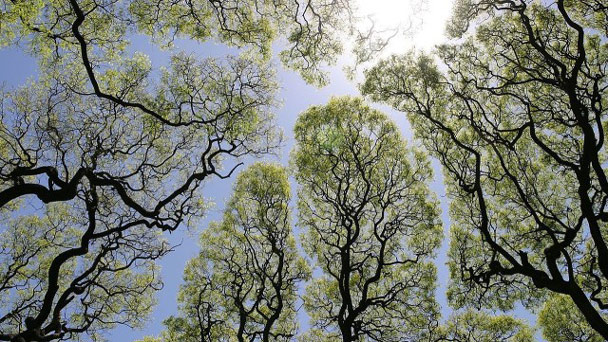
The scientific name for Shore Pine includes the word contorta or contorted, because the tree was first found near the sea, where it often takes on twisted, messy shapes. In Colorado, however, loggers are known for their tall, extremely narrow shape and lower trunks without limbs.
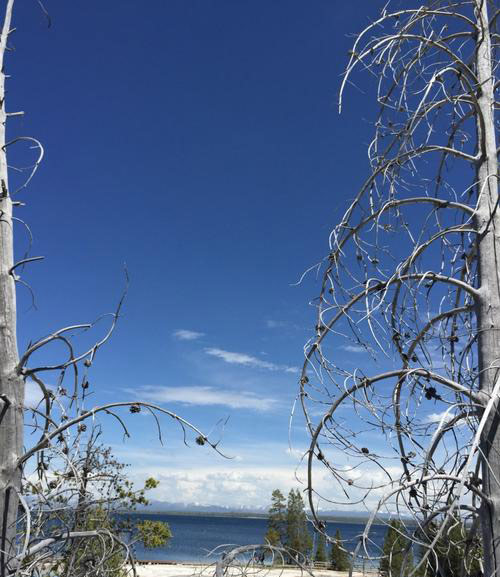
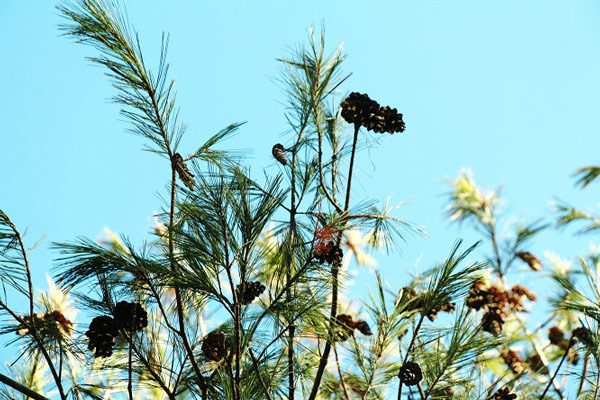
Shore Pine does not sprout from the root crown, and its cones do not persist on the tree. Seeds are wind dispersed and can fall up to 200 feet from the tree. Studies in the Shore Pine have found 72 percent of seeds to be viable. Seed loss to birds and rodents does not greatly affect reproduction because of the heavy cone crops and high germination capacity of seeds.
The easiest way to control pine growth is to pinch out candles, or new growth or branches, in early to mid-spring before the needles come out. You want to simply hold the candle half the length with your finger and break it. Do not use scissors or tools such as scissors, as Shore Pines can turn the candle brown. Also, be sure to leave half the candles behind. Breaking an entire candle or removing a branch means you'll have a Shore Pine that sprouts in the summer and won't bloom until next year.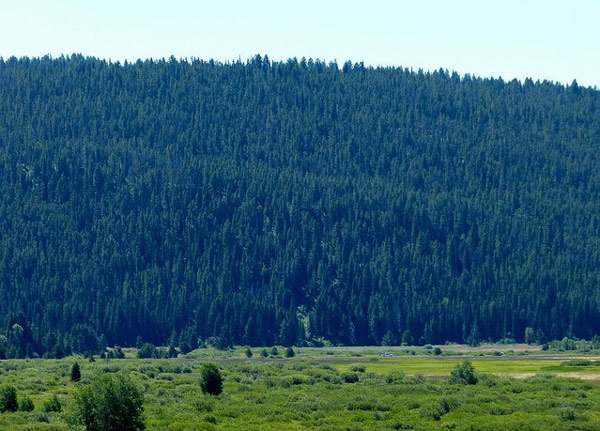
Medicinal Uses: The pitch and bark have been used medicinally by the Coast Salish, Nuu-chah-nulth, Kwakwakawakw, Nuxalk, Haida, Tsimshian, and Tlingit. The gum has been applied to cuts or as a poultice for heart pain and rheumatism, or made into a tea for tuberculosis.
Wildlife Uses: Nationwide, pines are second only to oaks in their food value to wildlife. In the Pacific region, pines are the most valuable. Shore Pines have nutritious, oily seeds that are favored by many birds, especially Clark Nutcracker, crossbills, grosbeaks, jays, nuthatches, chickadees, and woodpeckers. Many small mammals, such as chipmunks and squirrels also eat the seeds. Foliage is eaten by grouse and deer. Porcupines and small rodents eat the bark and wood. Pine needles are a favorite material for making nests. Large pines provide excellent sites for roosting and nesting; small pines provide good cover for many animals.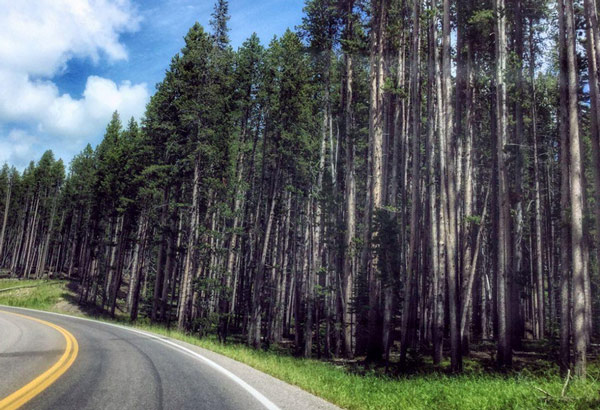
Since 1996, the Mountain pine beetle has destroyed millions of acres of pines in Rocky Mountain National Park. The beetles lay eggs under the bark introducing blue stain fungus which blocks water and nutrients from being moved through the tree. The duel attack can quickly kill the tree within weeks of successful attack.
A symptom you will notice are popcorn-like puffs of resin leaking out of the bark called pitch tubes, these are the entry points of the beetles.
Treatment with pesticides by a licensed applicator is the only true method to handle the mountain pine beetle. The pesticide required is very harmful to mammals, aquatic animals, and beneficial insects.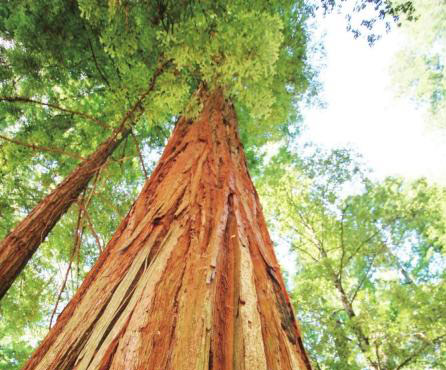
Shore Pine PictureShore Pine InfoShore Pine Native HabitsShore Pine DistributionHow to Grow & Care for Shore PineHow to Grow Shore PineHow to Care for Shore PineShore Pine UsesShore Pine Common Pests/DiseasesShore Pine Design TipsShore Pine Companion Plants
Shore Pine Picture

Shore Pine Info
| Botanical Name | Pinus contorta |
| Common Name | Shore pine, lodgepole pine |
| Plant Type | Coniferous Evergreen |
| Mature Size | Varies depending on Subspecies 3.5 feet to 160 feet. |
| Sun Exposure | Full Sun |
| Soil Type | Adaptable |
| Soil pH | 5.0 to 7.5 |
| Bloom Time | June |
Shore Pine Native Habits
Shore Pine refers to the tendency of the trees to grow in a contorted or twisted manner. shore pine is often found on rocky shores, hence the common name. The cones of this species are spine-tipped. Pinus albicaulis (White-bark Pine) can look similar in appearance, however that species has needles which grow in groups of 5, the cone scales do not contain spiny tips, and grows at high elevations.Shore Pine Distribution
Shore Pine is one of the most widely distributed tree species in western North America, extending from Alaska south to Mexico and east to South Dakota. Rocky Mountain Shore Pine is distributed from interior Alaska and the Northwest Territories east to Saskatchewan and the Black Hills of South Dakota, and south to Colorado, central Utah, and eastern Oregon. The occurrence of Rocky Mountain Shore Pine is somewhat rare in Alaska and South Dakota. The Flora of North America provides a distributional map for Rocky Mountain Shore Pine.
How to Grow & Care for Shore Pine
How to Grow Shore Pine
Shore Pine is a prolific, reliable seed producer. Trees produce viable seed by 5 to 10 years of age. Good seed crops occur at one- to three-year intervals with light crops in between. Pollen is shed in late June, and seed cones mature in late summer the year after pollination. Cones average 5 to 37 seeds each (117,000 seeds per pound) and open and disperse seed from late August to mid-October. Cones can withstand below freezing temperature and are not much affected by insects.Shore Pine does not sprout from the root crown, and its cones do not persist on the tree. Seeds are wind dispersed and can fall up to 200 feet from the tree. Studies in the Shore Pine have found 72 percent of seeds to be viable. Seed loss to birds and rodents does not greatly affect reproduction because of the heavy cone crops and high germination capacity of seeds.
How to Care for Shore Pine
- Light
- Soil
- Water
- Fertilizer
- Pruning
The easiest way to control pine growth is to pinch out candles, or new growth or branches, in early to mid-spring before the needles come out. You want to simply hold the candle half the length with your finger and break it. Do not use scissors or tools such as scissors, as Shore Pines can turn the candle brown. Also, be sure to leave half the candles behind. Breaking an entire candle or removing a branch means you'll have a Shore Pine that sprouts in the summer and won't bloom until next year.

Shore Pine Uses
Material Uses: The Nisgaa have used the Shore Pine roots for rope. The Haida have used peeled sheets of bark as splints for broken limbs. The pitch has been used by the Sechelt to waterproof canoes and baskets, by the Saanich to fasten arrowheads onto shafts, and by the Lower Stlatlimx as a glue and to provide a protective coating for Indian-hemp fishing nets. Occasionally used as a Christmas tree by people living on the coast.Medicinal Uses: The pitch and bark have been used medicinally by the Coast Salish, Nuu-chah-nulth, Kwakwakawakw, Nuxalk, Haida, Tsimshian, and Tlingit. The gum has been applied to cuts or as a poultice for heart pain and rheumatism, or made into a tea for tuberculosis.
Wildlife Uses: Nationwide, pines are second only to oaks in their food value to wildlife. In the Pacific region, pines are the most valuable. Shore Pines have nutritious, oily seeds that are favored by many birds, especially Clark Nutcracker, crossbills, grosbeaks, jays, nuthatches, chickadees, and woodpeckers. Many small mammals, such as chipmunks and squirrels also eat the seeds. Foliage is eaten by grouse and deer. Porcupines and small rodents eat the bark and wood. Pine needles are a favorite material for making nests. Large pines provide excellent sites for roosting and nesting; small pines provide good cover for many animals.

Shore Pine Common Pests/Diseases
There are numerous pests that attack the Shore Pine, the Mountain pine beetle being the most troublesome and widespread.Since 1996, the Mountain pine beetle has destroyed millions of acres of pines in Rocky Mountain National Park. The beetles lay eggs under the bark introducing blue stain fungus which blocks water and nutrients from being moved through the tree. The duel attack can quickly kill the tree within weeks of successful attack.
A symptom you will notice are popcorn-like puffs of resin leaking out of the bark called pitch tubes, these are the entry points of the beetles.
Treatment with pesticides by a licensed applicator is the only true method to handle the mountain pine beetle. The pesticide required is very harmful to mammals, aquatic animals, and beneficial insects.

Shore Pine Design Tips
Now, let's talk garden and how your Shore Pine will look best in it. Other owners consider that Shore Pines complement well most gardens of japanese garden, coastal garden, informal and cottage, and in traditional garden styles. In particular, the Shore Pine's best location within your garden is in beds and borders, others use it for landscaping in a coastal exposure, or a specimen.Shore Pine Companion Plants
In the wild Shore Pine is found with Serviceberry (Amelanchier sp.), Manzanita (Arctostaphylos klamathensis or nevadensis), Ceanothus cordulatus or velutinus, Bush Chinquapin (Chrysolepis sempervirens), Ocean Spray (Holodiscus discolor), Juniperus sp., Honeysuckle (Lonicera sp.), Currant/Gooseberry (Ribes sp.), and Huckleberry (Vaccinum sp.)Latest Updated
- Benefits of Bugleweed - 7 Science-backed Health Benefits
- Bugleweed Dangers & Side Effects - Is It Poisonous?
- How to Plant Evergreen Trees - What You Should Know
- When to Plant Evergreens - Grow Guide for Evergreen Trees
- 12 Wonderful Evergreen Shrubs for Your Garden
- 12 Popular Evergreen Plants with Pictures for Beginners
- When And How To Prune A Lilac Bush Like a Pro
- How to Grow & Care for Lilac Vine (Hardenbergia Violacea)
- Japanese Lilac Tree (Syringa Reticulata) Care & Propagation Guide
- Shumard Oak Pros and Cons - What to Know
Popular Articles
- Winter maintenance of Antirrhinum Majus
- How to Grow Terminalia Mantaly Tree
- How to Grow and Care for Crossostephium Chinense
- How to grow Antirrhinum Majus in spring
- Peristeria Elata (Dove Orchid) Profile: Info & Care Guide
- Underwatered Snake Plant (Sansevieria Trifasciata) - Signs And How To Fix
- How to Care for Brazilian Jasmine Plant (Mandevilla Sanderi)
- How to Grow & Care for Graptopetalum Purple Delight in Summer
- Rosa Chinensis (China Rose): Plant Growing & Care Tips
- How to Care for Baby Sun Rose (Aptenia Cordifolia)